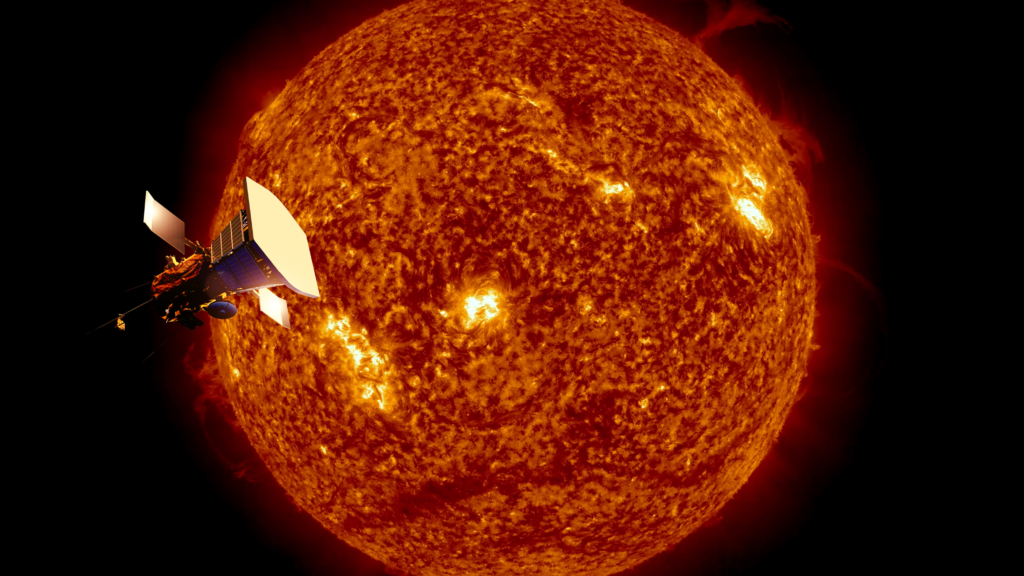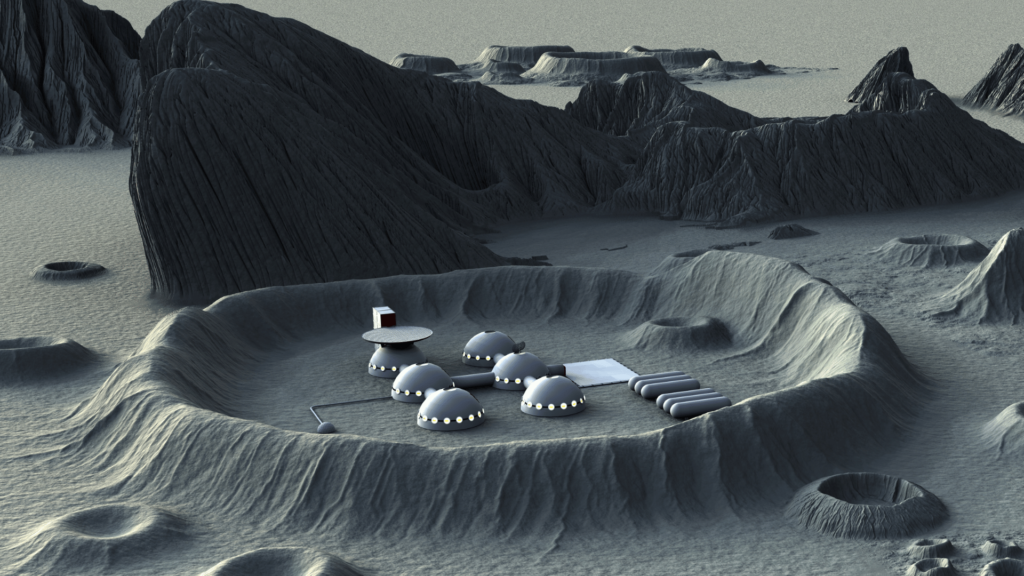Finally, the day had come when Chandrayaan 3’s Vikram lander landed on the surface of the Moon. Chandrayaan 3 landed on the surface of the moon where no one has ever landed. India is the sixth country to reach the moon and India is the only country to have landed on the dark side of the moon.

India’s Chandrayaan 3 made the first landing by a country on the south side of the Moon on August 23, 2023 at 6:04 PM IST, 8:34 AM UTC.

But this time, Chandrayaan 3 did not face any difficulty while going to the landing phase.
Chandrayaan 3 Earth to Moon
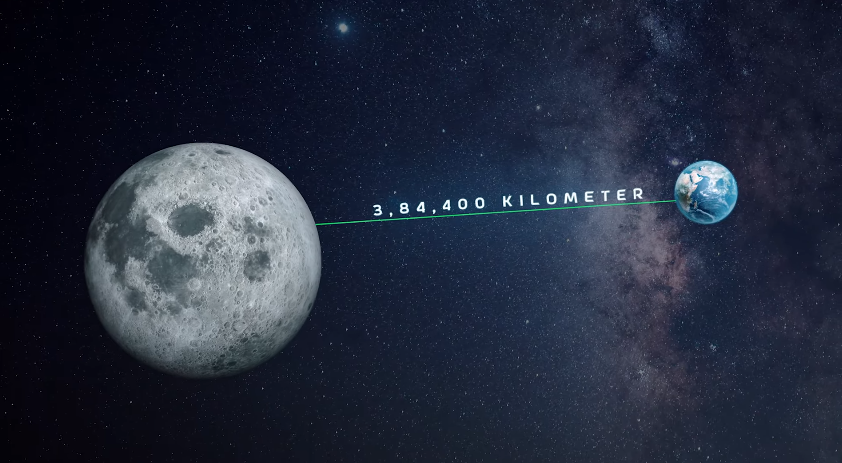
How will the Vikram Lander and Pragyan Rover on the surface of the Moon 384400 KM from Earth transmit their data to ISRO or how will ISRO control Chandrayaan 3 from such a distance?
It surprises everyone that from 384400 KM distance Vikram Lander is sending instant message to ISRO.
Historical Journey of Chandrayaan 3

So on July 14, Chandrayaan 3 was successfully launched by LVM3-M4 rocket. Just 20 minutes after launch, this powerful rocket of ISRO applied in 170 KM × 36500 KM elliptical orbit. After which Chandrayaan 3 further increased its orbit around the earth and on August 1, it left the earth’s orbit and finally headed towards the moon.
Where on August 5, it reached the 173 KM × 41762 KM elliptical orbit of the Moon and then began to shorten its elliptical orbit. And when its orbit reached 153 KM × 163 KM, Vikram Lander separated from Chandrayaan 3 module.
Then he started his journey to the dark side of the moon. On August 23, 6:04 PM IST, 8:34 AM UTC, Vikram Lander successfully landed on the Moon.
How does Chandrayaan 3 communicate with ISRO
Networking between Chandrayaan 3 and ISRO was completed in phase 2
- Number 1: Communication during the Journey which is the distance from the Earth to the Moon.
- Number 2: Communication after reaching the destination i.e. after landing on the moon there is communication between ISRO and Vikram Lander.
The first phase of Chandrayaan 3 was launched after the launch on 14th July. At that time ISRO was in contact with Deep Service Network (IDSN) in which total 3 systems were communicating with each other.
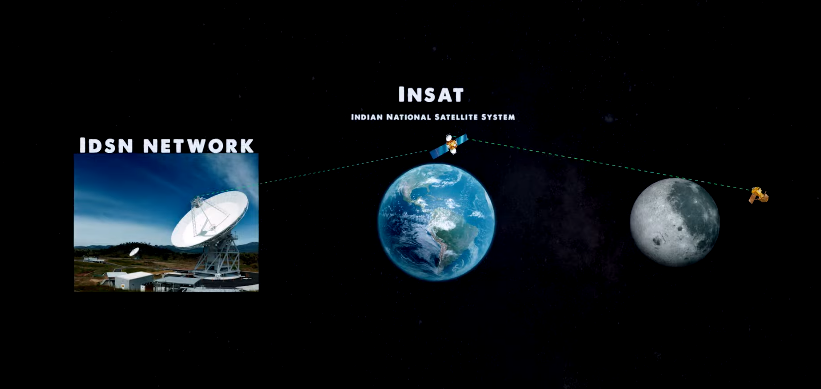
In which the network of IDSN was in contact with INSAT this satellite was communicating with Chandrayaan 3. This communication lasted until Chandrayaan 3 reached the elliptical orbit of the Earth. After reaching the elliptical orbit, the Chandrayaan 3 module started communicating directly with ISRO’s idea network.
Indian Deep Space Network
India’s ISRO also has its own Indian Deep Space Network, it is for NASA’s Voyager spacecraft to communicate or to contact the multi-planetary mission.

India’s IDSN network is one of the advanced space networks in the world. It was established for Chandrayaan 3 in 2018. IDSN has 3 dist type antennas in which one antenna is 32 meters. Its smaller IDSN antenna is 18 meters. And the smallest IDSN Antenna is 11 meters.

Its special feature is that this network can communicate with any space network in the world. As we know our earth rotates around its axis. In such a case, the location of the IDSN is on a side which makes it difficult to communicate with Chandrayaan 3, while the IDSN network communicates with the networks of other countries whose information is already available. These are countries with which ISRO already has an agreement
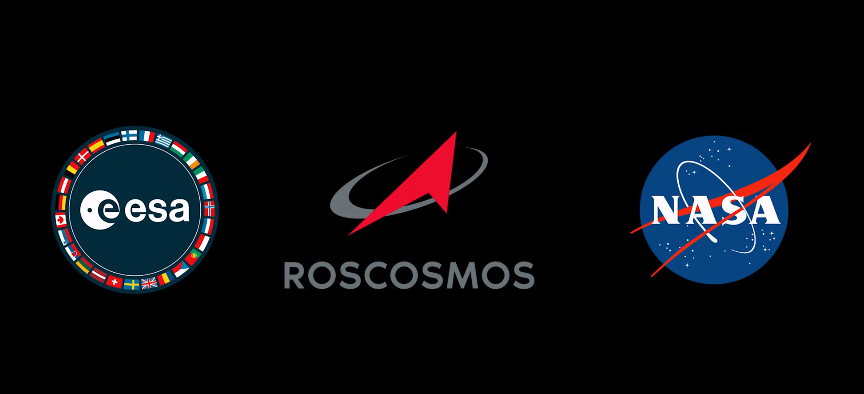
Such as ESA, ROSCOSMOS and NASA.
To communicate, Chandrayaan 3 will install 14 antennas in each direction on Vikram lander. There are 14 visible antennas installed here through which it is easily communicating with ISRO. It also communicates how much fuel is in the lander, whether it is operating properly, and also monitors its condition.
Most TTC antennas are used to contact Earth in space missions, including Chandrayaan 3 using TTC. Which means TTC. Telemetry Tracking Command Antenna where Telemetry means the battery level of the spacecraft by checking the fuel level.
Now it is known from the name tracking antenna itself that it tells live location like exact velocity and current location. If you have also seen the live graph of Chandrayaan 2 landing in 2019. If you haven’t seen it, watch it
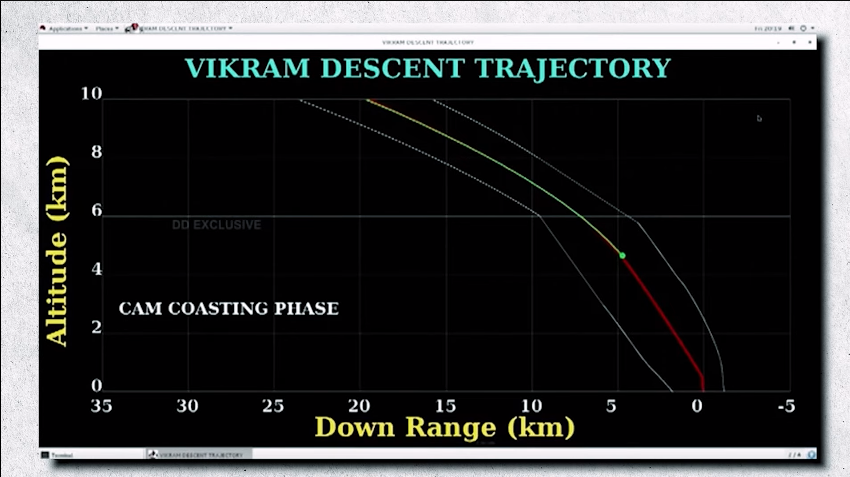
This graph was also based on data sent by the TTC. Due to which, after hitting the moon, the data stopped and all data communication was lost.
Now comes the turn of command antenna. Now it is very simple. Command antenna is like a remote control which works to receive and apply anything sent from space agency. For example, if ISRO has to decelerate Chandrayaan 3, ISRO will first send a command, that command will first reach IDSN, then IDSN will relay it to TTC. The TTC will then receive the signal and change its direction and speed.
In this TTC only small data can be transferred, you cannot send large data. Then they convert the small data into astronomical events like we are doing in Chandrayaan 3 and Voyager.
TTC Antenna on Chandrayaan 3 Vikram Lander
If you look carefully, you will find that the appearance of TTC in Chandrayaan 3 is quite small. Pairs of 2 are installed in separate parts of Vikram Lander. In which 2 TTC pairs of antennas are installed on front door and backside of Vikram Lander.

One of these antennas receives the command from ISRO while the other antenna informs ISRO.
If you have seen the 3D model of Chandrayaan 3, then the question arises that there are 2 pairs of antennas on all the other sides, so where did the third antenna come from?

This question is also correct because this third antenna neither sends much information nor receives any information. But this is a very complex and very important work. And it will receive the Pragyan rover and send it to ISRO from the Vikram Lander-mounted TTC during experiments on the lunar surface.
Now don’t get confused about the function of the remaining 2 antennas. These two antennas are installed as a backup each. If for some reason ISRO’s communication with Chandrayaan-3 is lost, then these 2 antennas will come in handy.
Now this raises another question as to how ISRO has installed its own TTC antenna network on the Chandrayaan 3 lander. This gives it the capability to connect directly to ISRO’s network. Why ISRO did not do such a Pragyan Rover. Why Pragyan Rover’s antenna could not communicate with ISRO?

So as you can see in the picture the Pragyan Rover sent in Chandyan 3 is much smaller in size. The main reason for this is the low budget due to which ISRO has made it quite small. For this reason, the battery powering it is also quite small.
A major portion of which was spent to attach ISRO’s motorized camera wheels to the moon’s surface and also to attach the experiment’s drill and laser. The Pragyan Rover does not have enough power to handle the power consumption of the TTC network. For this reason, a small antenna is attached to it, through which the Pragyan Rover can communicate only with the Vikram Lander. And the lander transmits the same information to ISRO.
How to Communicate Chandrayaan 3 yourself
ISRO has installed TTC antennas on each side of Chandrayaan 3. So that no matter what position Vikram is in, his communication with ISRO is always maintained. If I tell you that you can communicate with Vikram lander from Chandrayaan 3 which has landed on the dark side of the moon, will you believe it? Well it is very hard to believe but it is possible.
So, many people interested in astronomy have created their own space communication network and communicate with various spacecraft traveling in the solar system. By the way, this communication is not so advanced as a space agency that it can give many commands to the spacecraft or change any of its data. But it can receive incoming signal or top frequency.
Due to which it can continuously update the health of the spacecraft. If you have an instrument capable of capturing 2084.56 MHz, you can also receive real time data from Chandrayaan 3’s Vikram Lander performing on the dark side of the Moon.
